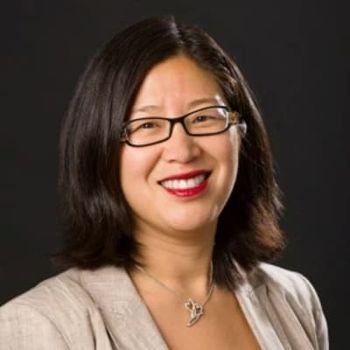
Study Supports Use of HSCT in Certain Children & Adolescents with Nonremission ALL
Researchers suggested that a scoring system may aid in determining the appropriate use of HSCT in this patient population.
Results from a study published in Pediatric Blood Cancer supported the use of hematopoietic stem cell transplantation (HSCT) in certain children and adolescents with nonremission acute lymphoblastic leukemia (ALL).
However, even in patients without complete remission, the observed outcomes within this study differed according to pre-HSCT factors. Therefore, the researchers suggested that a scoring system may aid in determining the appropriate use of HSCT in this patient population.
“Our results suggest that HSCT should be considered for children and adolescents with a certain chance of cure,” the authors wrote. “Therapy involving new drugs should be considered for patients with high-risk features.”
This retrospective study used data from the Japan Society for Hematopoietic Cell Transplantation registry on 325 patients with nonremission ALL no older than 25 years of age with blasts in the peripheral blood and/or bone marrow who had undergone HSCT between January 2001 and December 2015. Overall, 247 patients died. The primary end point of the study was 3-year overall survival (OS).
In total, 98 patients were excluded from the analysis of disease free survival (DFS), because they were unable to achieve complete response (CR) following HSCT (n = 66); data on whether CR was achieved were unavailable (n = 28); or either the date of CR or the date of relapse had not been recorded (n = 4). Of note, all 98 patients who were excluded from the 3-year DFS analysis died within 2.7 years.
In the remaining 227 patients, the median time to relapse and the 3-year DFS were 154 days (range, 2-1745 days) and 26% (95% CI, 20%-33%), respectively. The median length of follow up among survivors was 1145 days, and the 3-year OS was 22% (95% CI, 18%-27%) and 30% (95% CI, 24%-37%) in the overall cohort and the patients who achieved CR after HSCT, respectively. The mortality within the first 100 days after transplantation was 24%.
Using 5 pre-HSCT variables, including performance status, blasts in marrow at transplantation, ALL phenotype, cytogenetics for ALL, and number of transplantations, researchers established a prognostic scoring system to guide decision making for the appropriateness of transplantation. Patients who scored 0-1 (n = 109), 2 (n = 91), and 3-7 (n = 125) were found to have a 3-year OS of 41% (95% CI, 31%-51%), 21% (95% CI, 13%-31%), and 7% (95% CI, 3%-12%), respectively.
Importantly, predictors of a poor outcome included a low performance score, presence of 25% or greater bone marrow blasts, T-cell phenotype, poor-risk or normal cytogenetics, and history of HSCT.
“The results of non-CR transplantation in the era of immunotherapy can be evaluated and compared to the results obtained in this study,” the authors noted. “In the current study, the predictive model must be interpreted with caution. An internal or external cohort validation would be required to standardize and assess the reliability of the scoring system.”
According to the researchers, a bridging therapy or sequential regimen is currently often used with transplantation in leukemia patients who do not achieve remission with standard treatment; however, they were not able to evaluate this in the current study, as they were uncertain of whether these preconditioning interventions or the timing of the assessments had been recorded correctly.
Reference:
Okamoto Y, Nakazawa Y, Inoue M, et al. Hematopoietic stem cell transplantation in children and adolescents with nonremission acute lymphoblastic leukemia. Pediatric Blood & Cancer. doi: 10.1002/pbc.28732
Newsletter
Stay up to date on recent advances in the multidisciplinary approach to cancer.


















































































